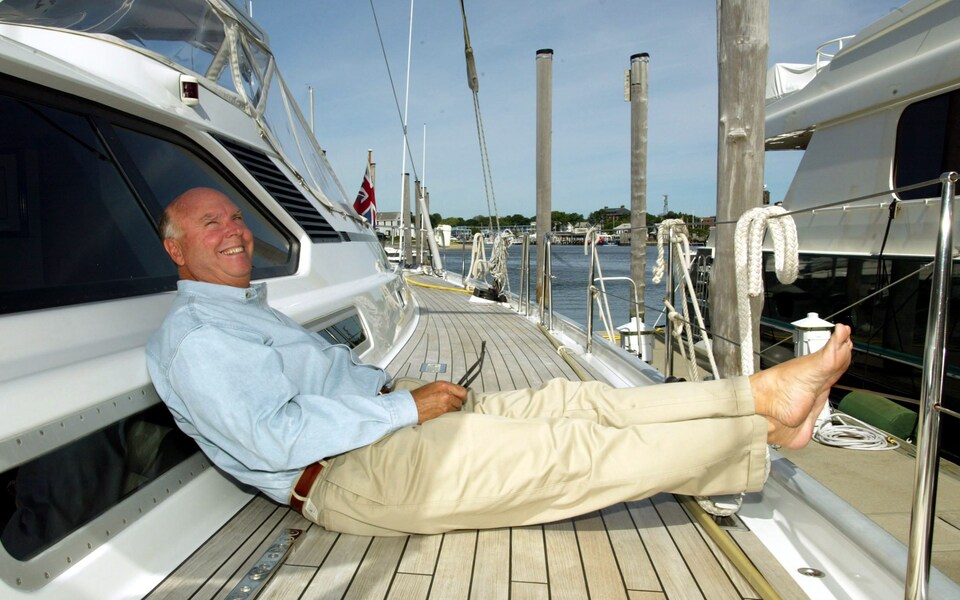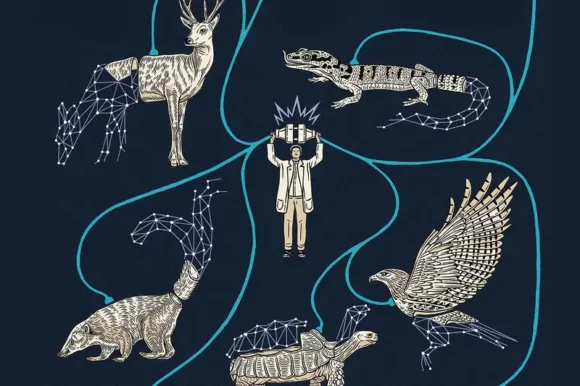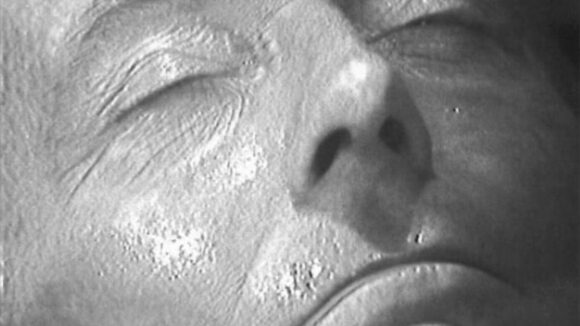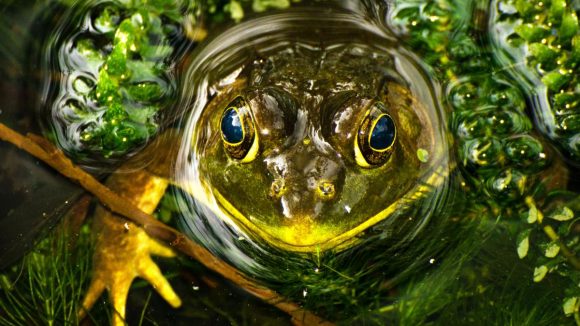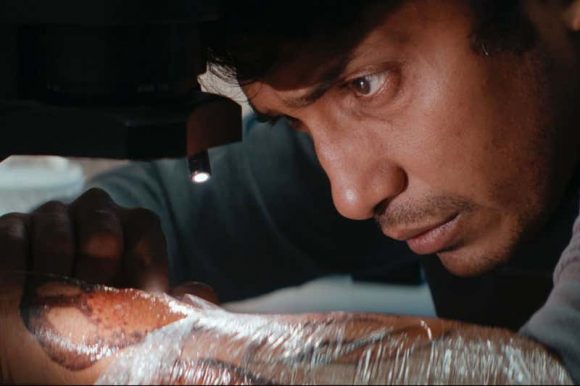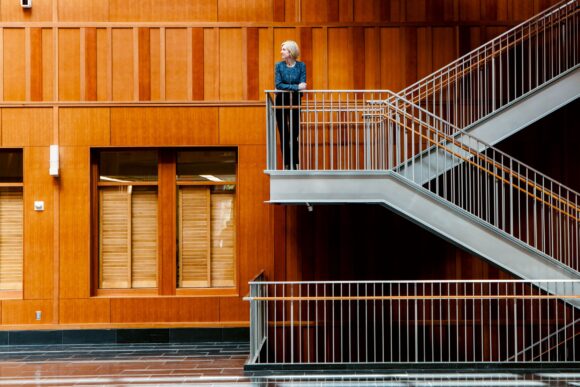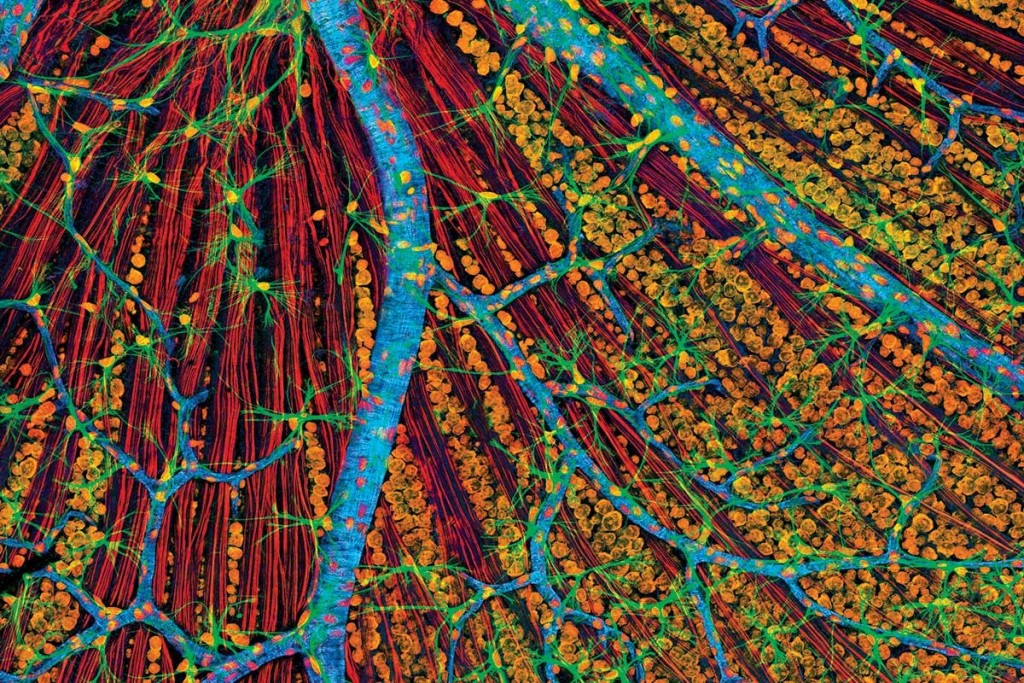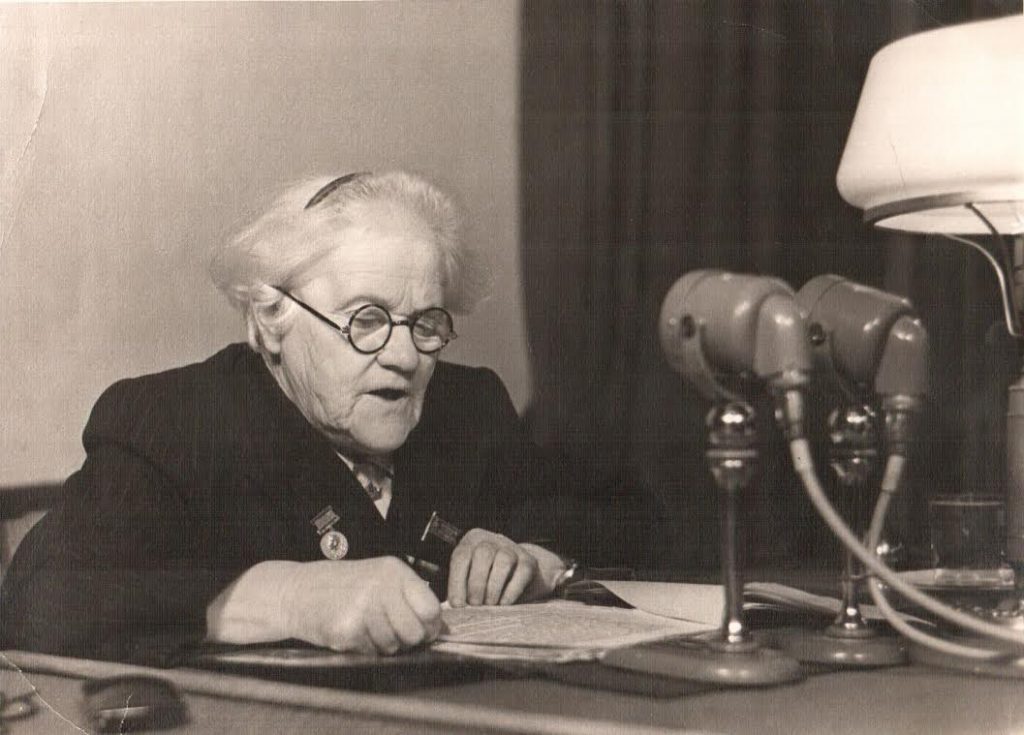
Stalin’s more eccentric scientists are the subject of this blogpost for Faber & Faber.
Stalin and the Scientists describes what happened when, early in the twentieth century, a handful of impoverished and under-employed graduates, professors and entrepreneurs, collectors and charlatans, bound themselves to a failing government to create a world superpower. Envied and obsessed over by Joseph Stalin — ‘the Great Scientist’ himself — scientists in disciplines from physics to psychology managed to steer his empire through famine, drought, soil exhaustion, war, rampant alcoholism, a huge orphan problem, epidemics and an average life expectancy of thirty years. Hardly any of them are well known outside Russia, yet their work shaped global progress for well over a century.
Cold War propaganda cast Soviet science as an eccentric, gimcrack, often sinister enterprise. And, to my secret delight, not every wild story proved to be a fabrication. Indeed, a heartening amount of the smoke shrouding Soviet scientific achievement can be traced back to intellectual arson attacks of one sort or another.
I’ll leave it to the book to explain why Stalin’s scientists deserve our admiration and respect. This is the internet, so let’s have some fun. Here, in no particular order, are my my top five scientific eccentrics. Some only appear crazy; others have had craziness thrust upon them by hostile commentators. Still others were as mad as a bag of cats.
1. Ilya Ivanov
Ilya Ivanov, the animal breeding expert who tried to mate humans with chimpanzees
By the time of the 1917 revolution, Ilya Ivanov was already an international celebrity. His pioneering artificial insemination techniques were transforming world agriculture. However, once he lost his Tsarist patrons, he had to find a research programme that would catch the eye of the new government’s Commissariat of Education. What he came up with was certainly compelling: a proposal to cross-breed humans and chimpanzees.
We now know there are immunological difficulties preventing such a cross, but the basic idea is not at all crazy, and Ivanov got funding from Paris and America to travel to Guinea to further the study.
Practically and ethically the venture was a disaster. Arriving at the primate centre in Kindia, Ivanov discovered that its staff were killing and maiming far more primates than they ever managed to capture. To make matters worse, after a series of gruesome and rapine attempts to impregnate chimpanzees with human sperm, Ivanov decided it might be easier to turn the experiment on its head and fertilise African women with primate sperm. Unfortunately, he failed to tell them what he was doing.
Ivanov was got rid of during the Purges of the late 1930s thanks to a denunciation by an ambitious colleague, but his legacy survives. The primate sanctuary he founded in Sukhumi by the Black Sea provided primates for the Soviet space programme. Meanwhile the local tourist industry makes the most of, and indeed maintains, persistent rumours that the local woods are haunted by seven-foot-tall Stalinist ape-men.
2. Alexander Bogdanov
whose Mars-set science fiction laid the groundwork for the Soviet Union’s first blood transfusion service — and who died of blood poisoning
Alexander Alexandrovich Bogdanov, co-founder of the Bolshevik movement, lost interest in politics, even as control came within his grasp, because he wanted more time for his writing.
In his novels Red Star and Engineer Menni, blood exchanges among his Martian protagonists level out their individual and sexual differences and extend their lifespan through the inheritance of acquired characteristics.
These scientific fantasies took an experimental turn in 1921 during a trade junket to London when he happened across Blood Transfusion, a book by Geoffrey Keynes (younger brother of the economist). Two years of private experiments followed, culminating in an appointment with the Communist Party’s general secretary, Joseph Stalin. Bogdanov was quickly installed as head of a new ‘scientific research institute of blood transfusion’.
Blood, Bogdanov claimed, was a universal tissue that unified all other organs, tissues and cells. Transfusions offered the client better sleep, a fresher complexion, a change in eyeglass prescriptions, and greater resistance to fatigue. On 24 March 1928 he conducted a typically Martian experiment, mutually transfusing blood with a male student, suffered a massive transfusion reaction and died two weeks later at the age of fifty-four.
Bogdanov the scientist never offered up his studies to the review of his peers. In fact he never wrote any actual science at all, just propaganda for the popular press. In this, he resembled no-one so much as the notorious charlatan (and Stalin’s poster boy) Trofim Lysenko. I reckon it was his example made Trofim Lysenko politically possible.
3. Trofim Lysenko
Stalin’s poster-boy, who believed plants sacrifice themselves for their strongest neighbour — and was given the job of reforesting European Russia.
Practical, working-class, ambitious and working for the common good, the agrobiologist Trofim Lysenko was the very model of the new Soviet scientist. Rather than studying ‘the hairy legs of flies’, ran one Pravda profile in August 1927, this sober young man ‘went to the root of things,’ solving practical problems by a few calculations ‘on a little old piece of paper’.
As he studied how different varieties of the same crop responded to being planted at different times, he never actually touched any mathematics, relying instead on crude theories ‘proved’ by arbitrary examples.
Lysenko wanted, above all else, to be an original. An otherwise enthusiastic official report warned that he was an ‘extremely egotistical person, deeming himself to be a new Messiah of biological science.’ Unable to understand the new-fangled genetics, he did everything he could to banish it from biology. In its place he championed ‘vernalisation’, a planting technique that failed dismally to increase yields. Undeterred, he went on to theorise about species formation, and advised the government on everything, from how to plant oak trees across the entire Soviet Union to how to increase the butterfat content of milk. The practical results of his advices were uniformly disastrous and yet, through a combination of belligerence, working-class credentials, and a phenomenal amount of luck, he remained the poster-boy of Soviet agriculture right up until the fall of Khrushchev in 1964.
Nor is his ghost quite laid to rest. A couple of politically motivated historians are even now attempting to recast Lysenko as a cruelly sidelined pioneer of epigenetics (the study of how the environment regulates gene expression). This is a cruel irony, since Soviet Russia really was the birthplace of epigenetics! And it was Lysenko’s self-serving campaigns that saw that every single worker in that field was sacked and ruined.
4. Olga Lepeshinskaya
who screened in reverse films of rotting eggs to prove her theories about cell development — and won a Stalin Prize
Olga Lepeshinskaya, a personal friend of Lenin and his wife, was terrifyingly well-connected and not remotely intimidated by power. On a personal level, she was charming. She fiercely opposed anti-semitism, and had dedicated her personal life to the orphan problem, bringing up at least half a dozen children as her own.
As a scientist, however, she was a disaster. She once announced to the Academic Council of the Institute of Morphology that soda baths could rejuvenate the old and preserve the youth of the young. A couple of weeks later Moscow completely sold out of baking soda.
In her old age, Lepeshinskaya became entranced by the mystical concept of the ‘vital substance’, and recruited her extended family to work in her ‘laboratory’, pounding beetroot seeds in a pestle to demonstrate that any part of the seed could germinate. She even claimed to have filmed living cells emerge from noncellular materials. Lysenko hailed Lepeshinskaya’s discovery as the basis for a new theory of species formation, and in May 1950 Alexander Oparin, head of the Academy of Sciences’ biology department, invited Olga Lepeshinskaya to receive her Stalin Prize.
It was all a fraud, of course: she had been filming the death and decomposition of cells, then running her film backwards through the projector. Lepeshinskaya made a splendid myth. The subject of poetry. The heroine of countless plays. In school and university textbooks she was hailed as the author of the greatest biological discovery of all time.
5. Joseph Stalin
whose obsession with growing lemons in Siberia became his only hobby
Stalin, typically for his day, believed in the inheritance of acquired characteristics – that a giraffe that has to stretch to reach high leaves will have long-necked children. He assumed that, given the right conditions, living things were malleable, and as the years went by this obsession grew. In 1946 he became especially keen on lemons, not only encouraging their growth in coastal Georgia, where they fared quite well, but also in the Crimea, where winter frosts destroyed them.
Changing the nature of lemons became Stalin’s sole hobby. At his dachas near Moscow and in the south, large greenhouses were erected so that he could enter them directly from the house, day or night. Pruning shrubs and plants was his only physical exercise.
Stalin shared with his fellow Bolsheviks the idea that they had to be philosophers in order to deserve their mandate. He schooled the USSR’s most prominent philosopher, Georgy Aleksandrov, on Hegel’s role in the history of Marxism. He told the composer Dmitry Shostakovich how to change the orchestration for the new national anthem. He commissioned the celebrated war poet Konstantin Simonov to write a play about a famous medical controversy, treated him to an hour of literary criticism, and then rewrote the closing scenes himself. Sergei Eisenstein and his scriptwriter on Ivan the Terrible Part Two were treated to a filmmaking masterclass. And in 1950, while he was negotiating a pact with the People’s Republic of China, and discussing how to invade South Korea with Kim Il Sung, Stalin was also writing a combative article about linguistics, and meeting with economists multiple times to discuss a textbook.
Stalin’s paranoia eventually pushed him into pronouncements that were more and more peculiar. Unable to trust even himself, it came to Joseph Stalin that people were, or ought to be, completely readable from first to last. All it needed was an entirely verbal theory of mind. ‘There is nothing in the human being which cannot be verbalised,’ he asserted, in 1949. ‘What a person hides from himself he hides from society. There is nothing in the Soviet society that is not expressed in words. There are no naked thoughts. There exists nothing at all except words.’
For Stalin, in the end, even a person’s most inner world was readable – because if it wasn’t, then it couldn’t possibly exist.

